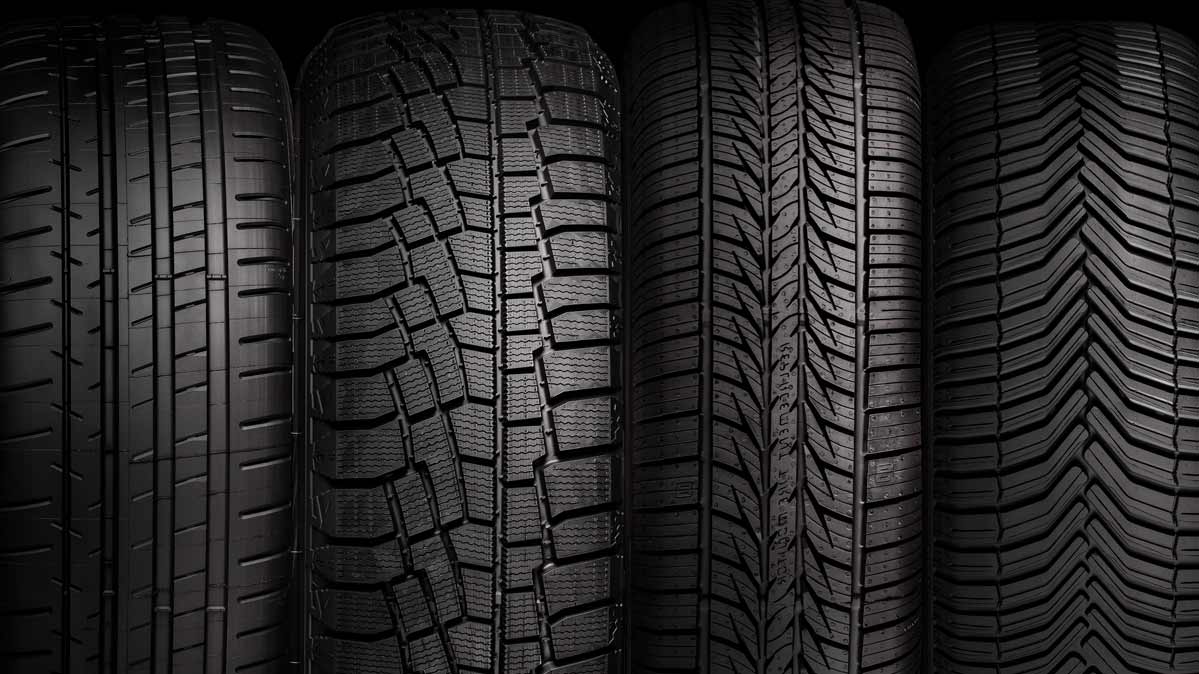4 Ways RTA Tire Tracking Can Work For You

The RTA Tire Tracking System manages the second most expensive fleet management cost. Good tire management can save your company thousands of dollars a year. RTA's Tire Tracking with tire inventory management tracks the tire from purchase to end of use, helping you save money.
Here's how:
1.) RTA’s Tire Inventory Module uses inventory image storage to keep track of products and allow for easy identification. The system records manufacturers, quantities, and tire sizes, as well as tires in stock and on the fleet. It provides an accurate account of one of your most expensive business costs - your inventory - preventing overstock and shortage.
2.) RTA’s Tire Tracking Program tracks the history of each tire. It records mount and dismount transactions, tread tracking & tread depth and predicts your fleet's potential tire failure. This information is filed with a master manufacturer list and can be cross referenced by company and performance. This provides the information necessary to calculate the exact cost per mile and determine the best value tire for your fleet, saving you dollars and time.
3.) RTA’s PSI Tracking is a valuable tool used to track tire inflation pressure. Most fleet managers are aware that, fuel aside, tires are the highest vehicle operating cost. What many fleet managers may not realize is that the number one maintenance challenge facing fleets today is proper tire inflation pressure maintenance. Proper tire maintenance is essential in preventing unsafe operations fines and situations of forced shut downs.
4.) RTA’s Purchasing Program allows you to issue purchase orders directly to your preferred vendors. Some important things to consider are: warranty, cost per mile, tire life and retreadability. The RTA program stores the history necessary to access all of these considerations.
Tips on How to Maximize Truck Tire Life:
Irregular wear is the cause of premature tire failure. This uneven wear across the face of the tire can be caused by improper balance, improper inflation, misalignment, or improper rotation. These factors contribute to fast tire failure and extra costs to your fleet.
RTA’s Fleet Tire Tracking System can record and track the procedures to eliminate irregular wear and tire failure. These factors can be drastically reduced with the following procedures.
Proper Inflation
Proper inflation is an extremely important factor in tire maintenance. Improper inflation not only makes the vehicle unsafe but also adds unnecessary costs.
Over-inflation can lead to tire blow outs and extra wear at the center of the tire.
Under-inflation causes extra wear on the tire shoulders. This wear can be extremely dangerous because it causes weak sidewalls, zipper cuts, and tread separation, which can rupture. All of these factors pose real safety concerns.
Every tire manufacturer provides recommended PSI (pounds per square inch of pressure) a tire can withstand. All tires should be set by those guidelines. The safest way to set the inflation of a tire is to set the pressure for the worst case scenario for the load the vehicle is carrying.
Proper Alignment
Tire alignment is not an adjustment of the tires or wheels but rather aligning the tires with the vehicle suspension. Aligning the tires correctly to the suspension adjusts the angles of the tires to make sure they have correct contact with the road. They then wear properly.
When performing tire alignment the technician usually checks three things. They check the chamber, the toe and the caster. The chamber is the inward and outward angle of the tire and it is viewed from the front of the vehicle. The toe is the inward and outward turn of the tire and is viewed from above the vehicle. The caster angle is the angle of steering axis and is viewed from the side of the vehicle. This angle effects steering, cornering and stability.
These all affect the way in which the tires wear, in turn affecting the bottom line.
Proper Rotation
The position of the tire on the vehicle also determines how the tire wears. The front tires tend to wear on the shoulders of the tire. The drive tires tend to wear more on the center of the tire. The rear tires just tend to wear more quickly than the front tires. Rotating the tire position can increase the longevity of the tire by changing the wear pattern.
The RTA Tire Tracking system allows the shop to combine tire rotation with other scheduled maintenance repairs, limiting excess service calls, cutting expenses and saving money.
Contact RTA Fleet Management Software today to schedule a free demo.
